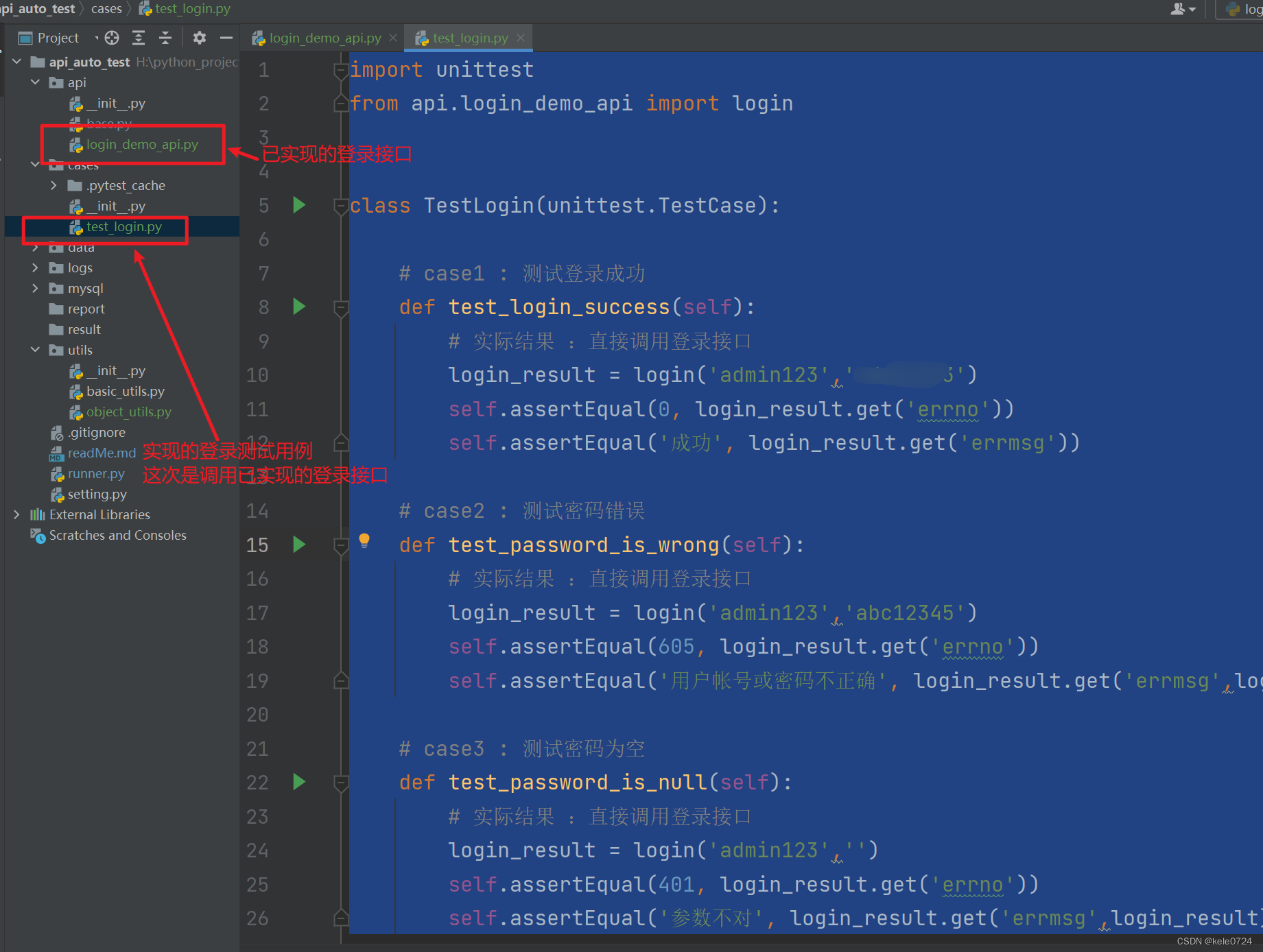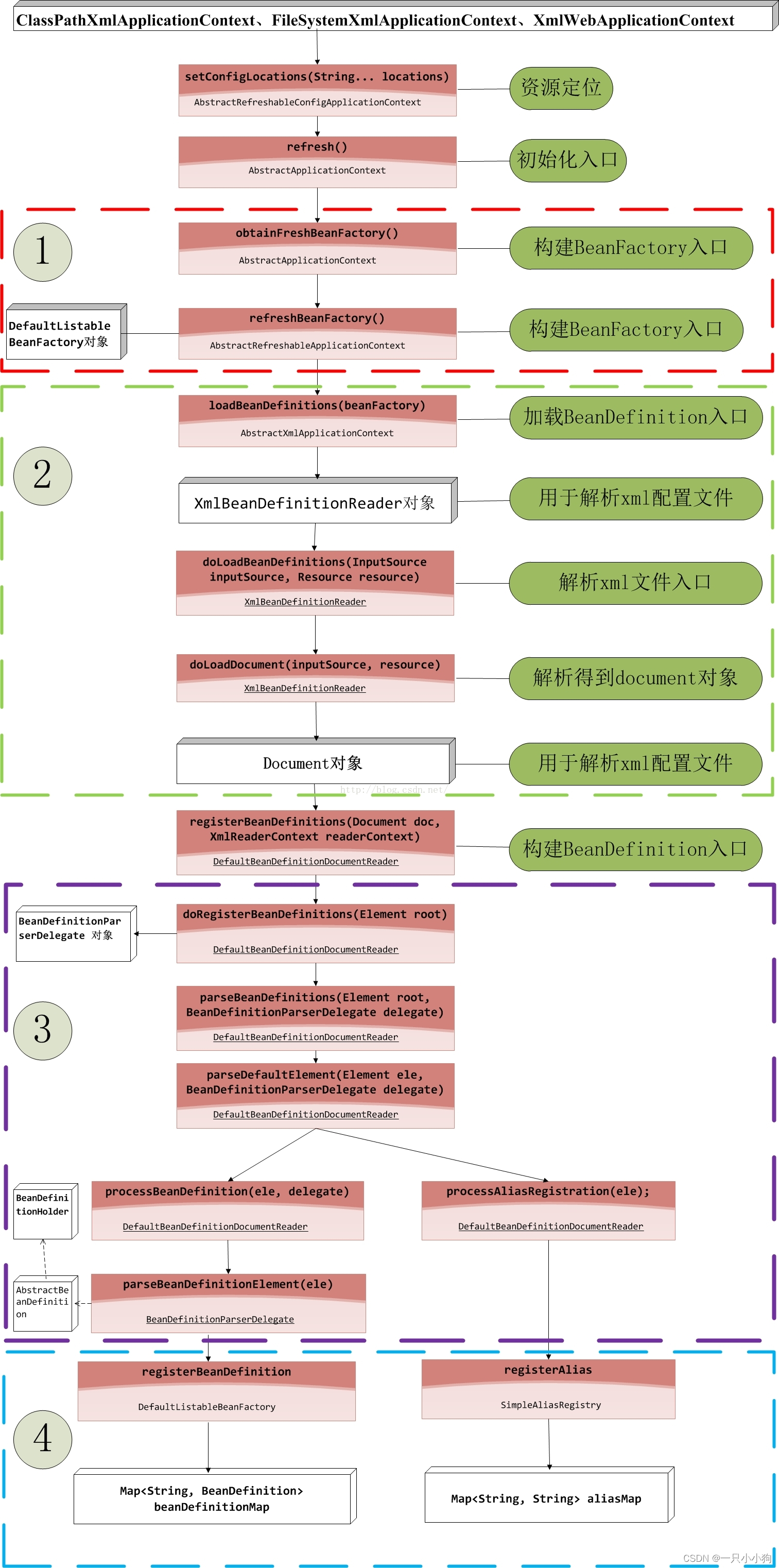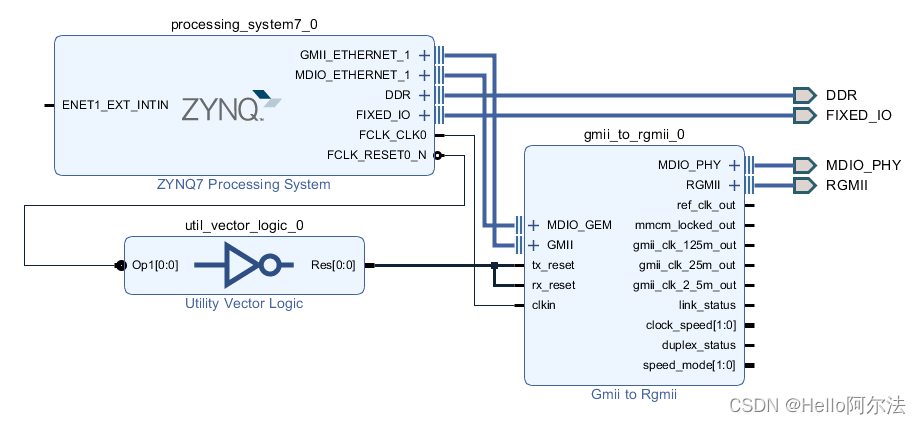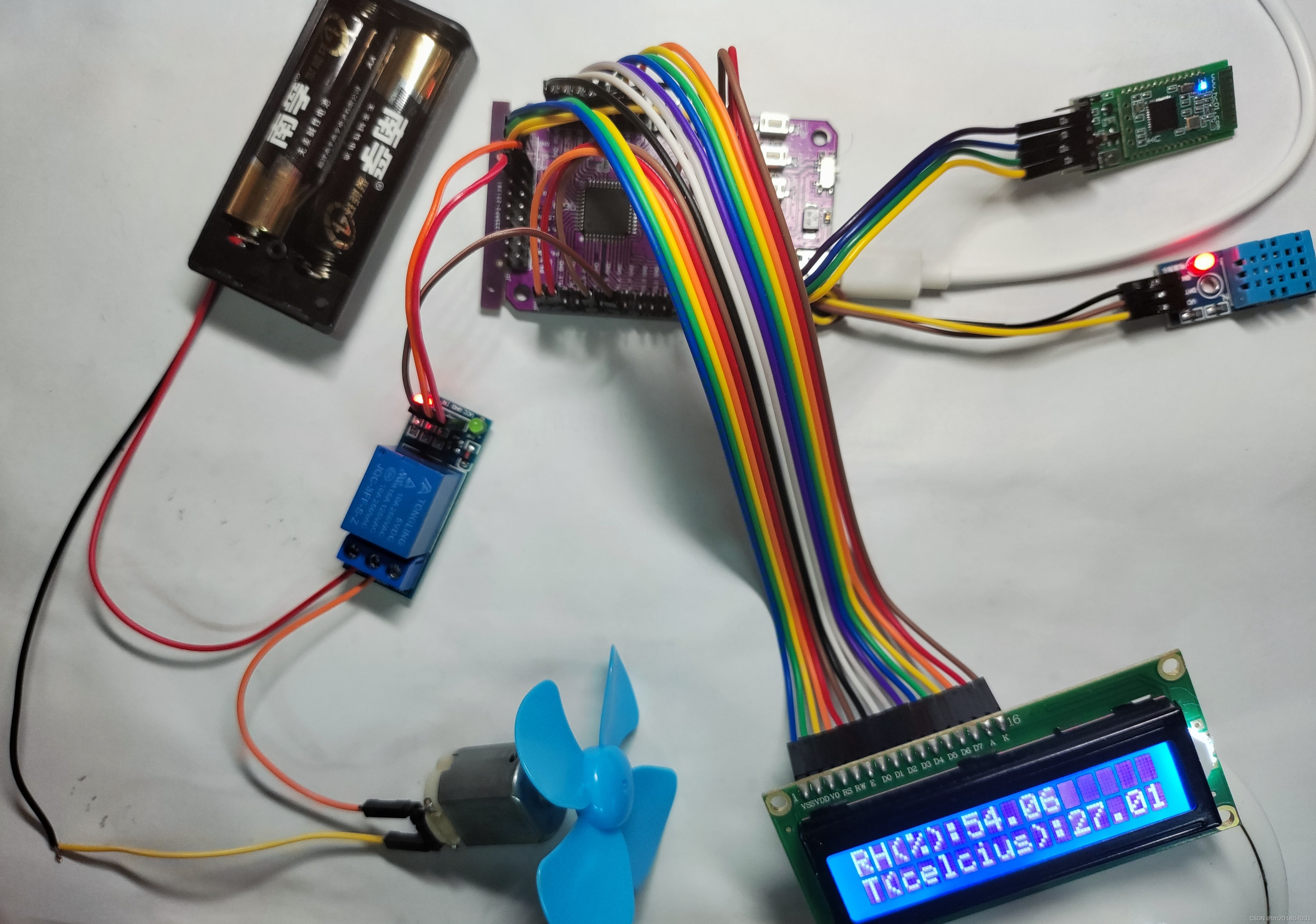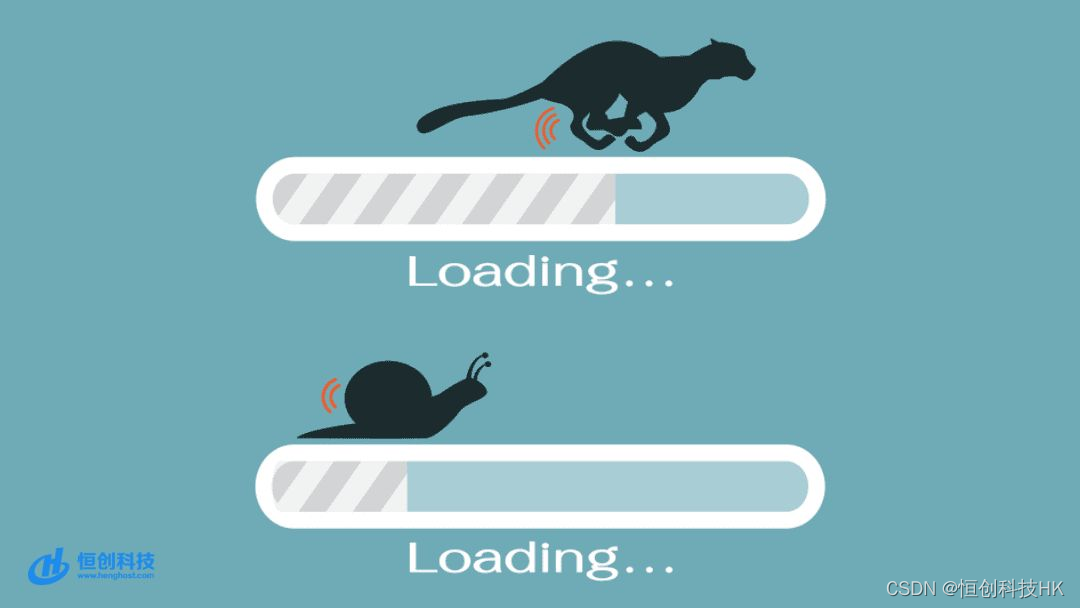代码随想录算法训练营第十六天 | 104.二叉树的最大深度 559.n叉树的最大深度,111.二叉树的最小深度,222.完全二叉树的节点个数
1.1 104.二叉树的最大深度
思路:
- 采用后序遍历
- 确定递归函数的参数和返回值,确定终止条件,确定单层递归的逻辑
class solution {
public:
int getdepth(TreeNode* node) {
if (node == NULL) return 0;
int leftdepth = getdepth(node->left); // 左
int rightdepth = getdepth(node->right); // 右
int depth = 1 + max(leftdepth, rightdepth); // 中
return depth;
}
int maxDepth(TreeNode* root) {
return getdepth(root);
}
};
思路:
- 采用前序遍历
- 深度回溯的过程
class solution {
public:
int result;
void getdepth(TreeNode* node, int depth) {
result = depth > result ? depth : result; // 中
if (node->left == NULL && node->right == NULL) return ;
if (node->left) { // 左
depth++; // 深度+1
getdepth(node->left, depth);
depth--; // 回溯,深度-1
}
if (node->right) { // 右
depth++; // 深度+1
getdepth(node->right, depth);
depth--; // 回溯,深度-1
}
return ;
}
int maxDepth(TreeNode* root) {
result = 0;
if (root == NULL) return result;
getdepth(root, 1);
return result;
}
};
1.2 559.n叉树的最大深度
思路:
- 递归法
- 注意函数返回的是以该节点起接着往下的深度
class Solution {
private:
int getdepth(Node* node){
if(node == nullptr) return 0;
int size = node->children.size();
int depth = 0;
for(int i = 0; i < size; ++i){
depth = max(depth, getdepth(node->children[i]));
}
return depth + 1;
}
public:
int maxDepth(Node* root) {
return getdepth(root);
}
};
思路:
- 迭代法(层序遍历)
class solution {
public:
int maxDepth(Node* root) {
queue<Node*> que;
if (root != NULL) que.push(root);
int depth = 0;
while (!que.empty()) {
int size = que.size();
depth++; // 记录深度
for (int i = 0; i < size; i++) {
Node* node = que.front();
que.pop();
for (int j = 0; j < node->children.size(); j++) {
if (node->children[j]) que.push(node->children[j]);
}
}
}
return depth;
}
};
1.3 111.二叉树的最小深度
思路:
- 递归法
- 注意如何处理只有一边有孩子的情况,只有左右孩子都为空的节点才是叶子节点
class Solution {
public:
int getDepth(TreeNode* node) {
if (node == NULL) return 0;
int leftDepth = getDepth(node->left); // 左
int rightDepth = getDepth(node->right); // 右
// 中
// 当一个左子树为空,右不为空,这时并不是最低点
if (node->left == NULL && node->right != NULL) {
return 1 + rightDepth;
}
// 当一个右子树为空,左不为空,这时并不是最低点
if (node->left != NULL && node->right == NULL) {
return 1 + leftDepth;
}
int result = 1 + min(leftDepth, rightDepth);
return result;
}
int minDepth(TreeNode* root) {
return getDepth(root);
}
};
1.4 222.完全二叉树的节点个数
思路:
- 递归
- 后序遍历
class Solution {
private:
int getNum(TreeNode* node){
if(node == nullptr) return 0;
int leftSum = getNum(node->left);
int rightSum = getNum(node->right);
return leftSum + rightSum + 1;
}
public:
int countNodes(TreeNode* root) {
return getNum(root);
}
};
- 时间复杂度:O(n)
- 空间复杂度:O(log n),算上了递归系统栈占用的空间
思路:
- 考虑完全二叉树的特性
class Solution {
public:
int countNodes(TreeNode* root) {
if (root == nullptr) return 0;
TreeNode* left = root->left;
TreeNode* right = root->right;
int leftDepth = 0, rightDepth = 0; // 这里初始为0是有目的的,为了下面求指数方便
while (left) { // 求左子树深度
left = left->left;
leftDepth++;
}
while (right) { // 求右子树深度
right = right->right;
rightDepth++;
}
if (leftDepth == rightDepth) {
return (2 << leftDepth) - 1; // 注意(2<<1) 相当于2^2,所以leftDepth初始为0
}
return countNodes(root->left) + countNodes(root->right) + 1;
}
};
- 时间复杂度:O(log n × log n)
- 空间复杂度:O(log n)
1.5 补充
递归的复杂度:
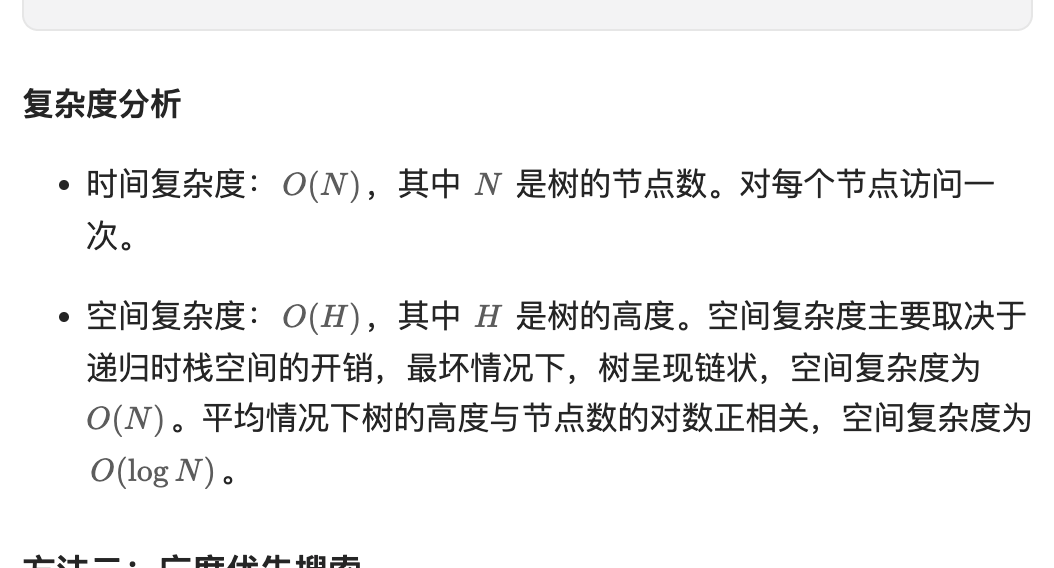
迭代的复杂度:

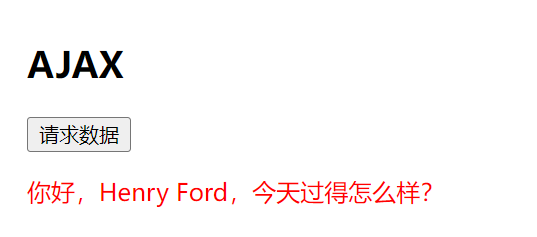
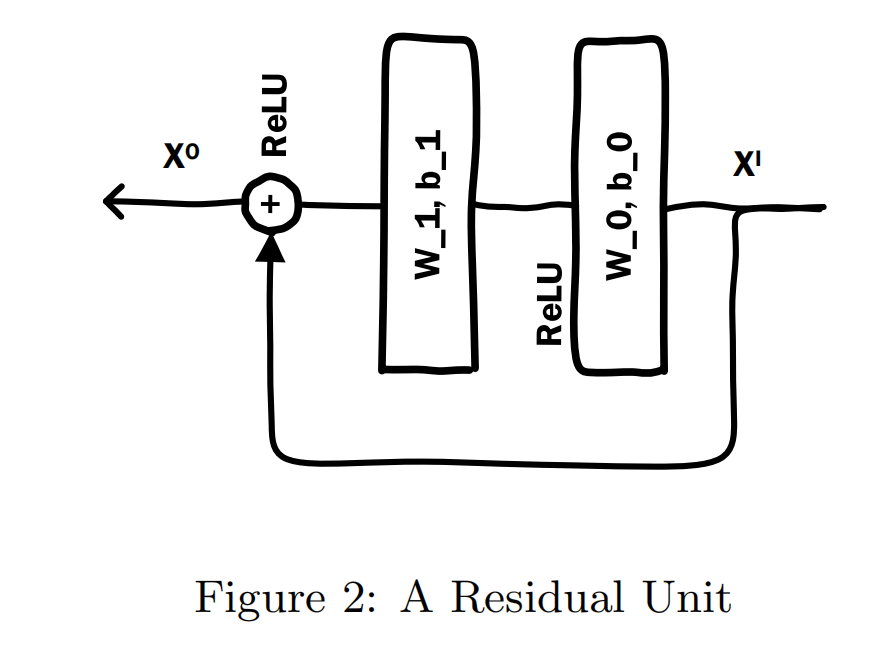

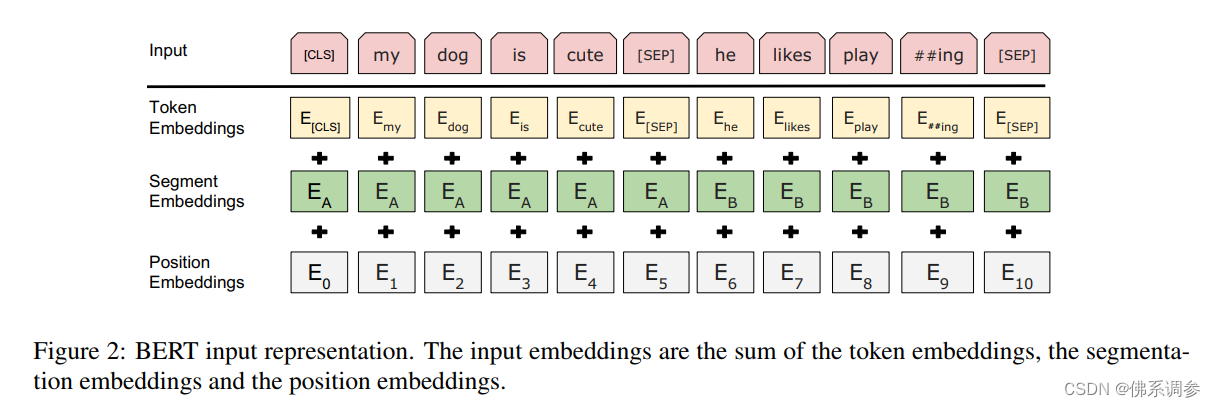
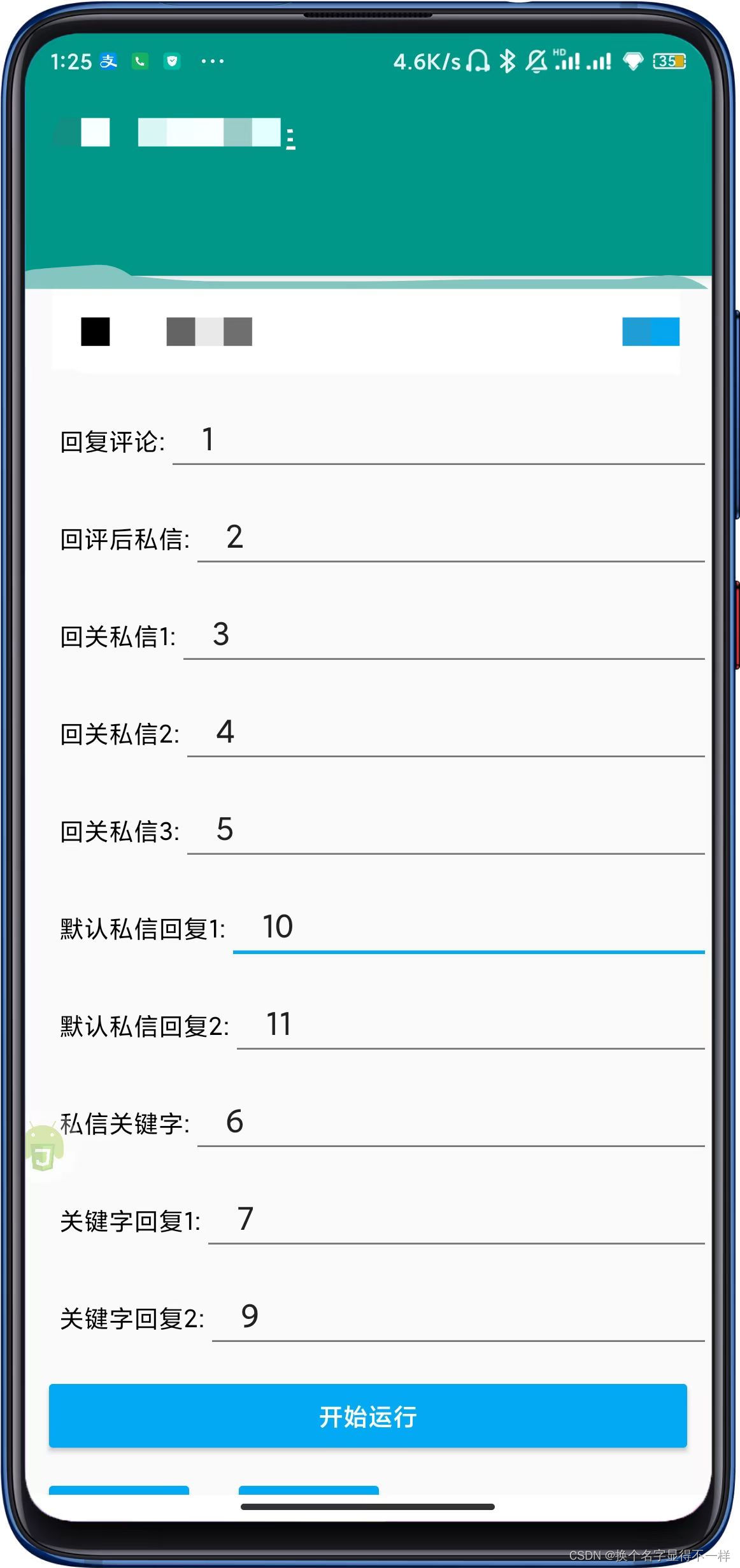
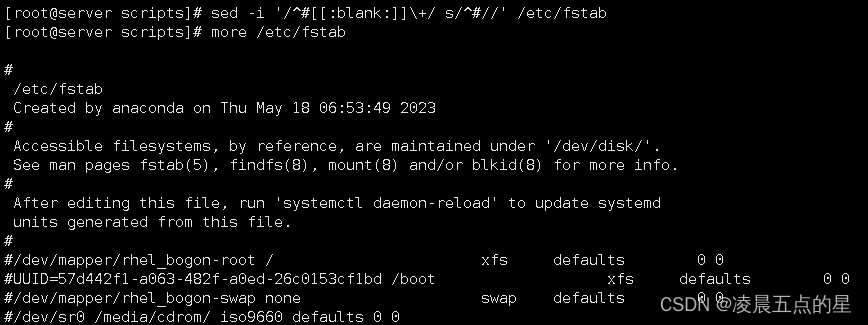

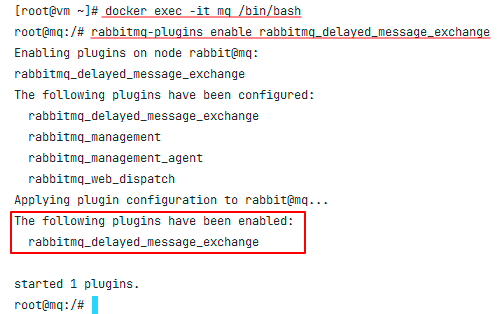

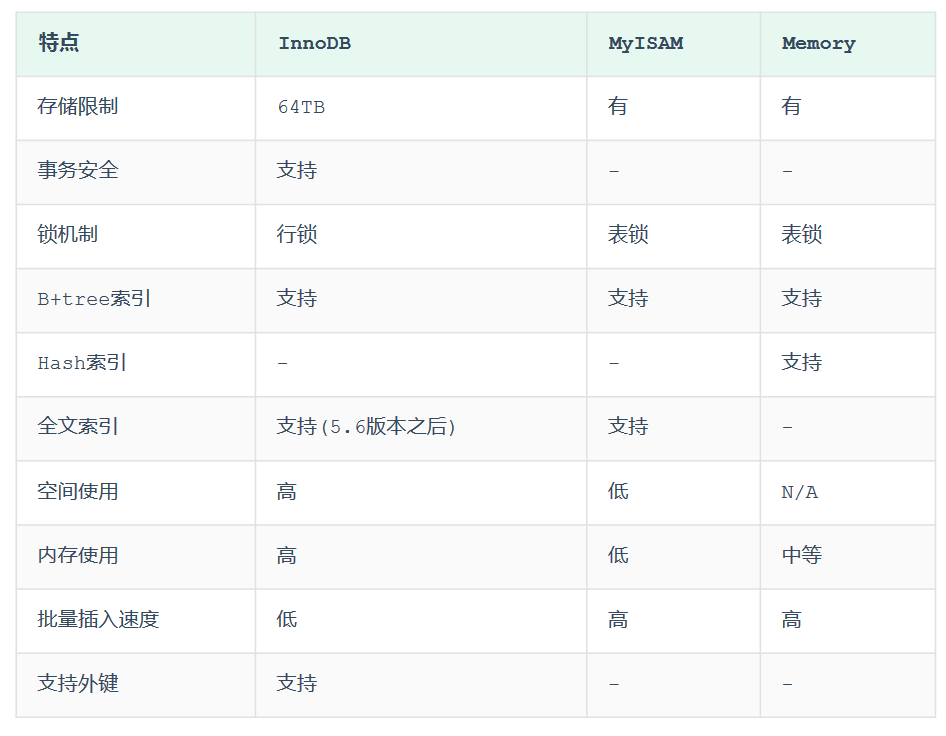

![在vite或者vue-cli中使用.env[mode]环境变量](https://img-blog.csdnimg.cn/0a01356b41a242baaffeafa7ba5c53a6.png)
